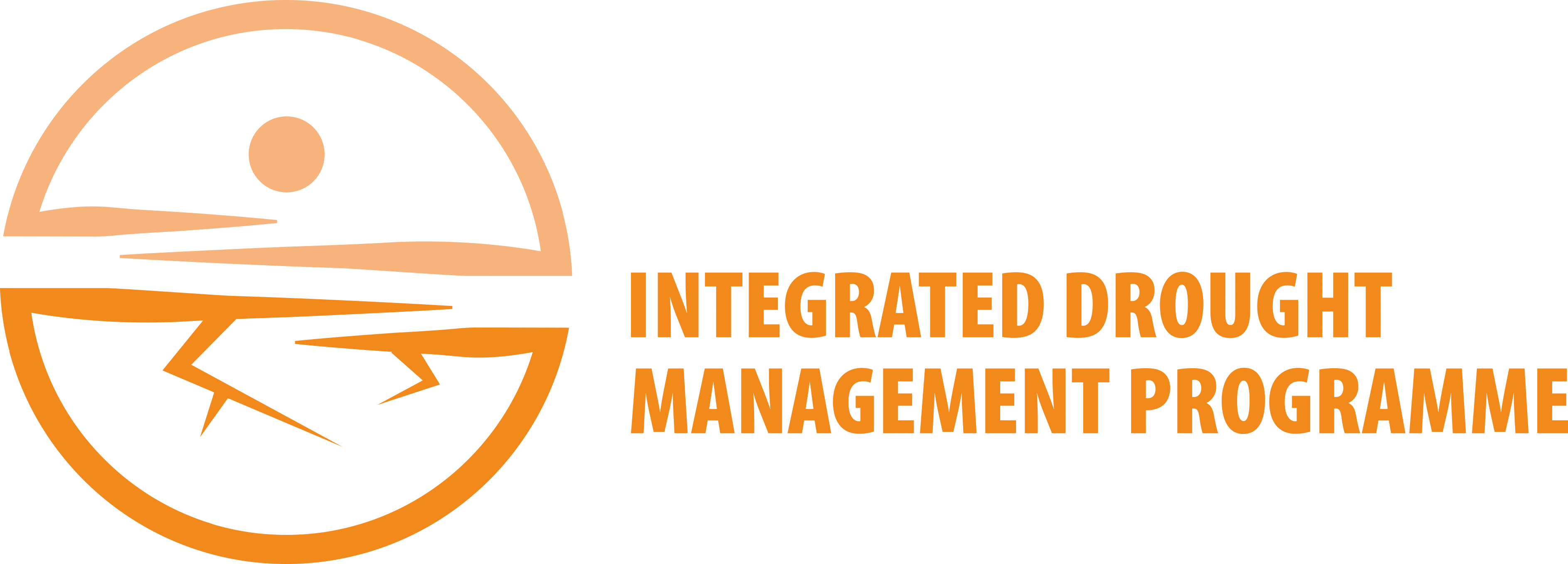Drought Area Index (DAI)
Index name: Drought Area Index (DAI).
Ease of use: Yellow.
Origins: Developed in the late 1970s by Bhalme and Mooley at the Indian Institute of Tropical Meteorology.
Characteristics: Developed as a method to improve understanding of monsoon rainfall in India, determining both flood and drought episodes using monthly precipitation. By comparing monthly precipitation during the critical monsoon period, the intensities of wet and dry periods are obtained, and the significance of the dryness can be derived based upon the contribution of each month’s precipitation to the total monsoon season.
Input parameters: Monthly precipitation during the monsoon season.
Applications: Used to identify when the monsoon season has been adequate or dry, or there is potential for flooding. The drought prediction is a good early warning for the potential of famine development.
Strengths: Very focused on Indian monsoon seasons in the tropics.
Weaknesses: Lack of applicability to other areas or climate regimes.
Resource: The mathematics and associated explanation of this index are in the original paper (see Reference below).
Reference: Bhalme, H.N. and D.A. Mooley, 1980: Large-scale droughts/floods and monsoon circulation. Monthly Weather Review, 108: 1197–1211. DOI: 10.1175/1520-0493(1980)108<1197:LSDAMC>2.0.CO;2.


